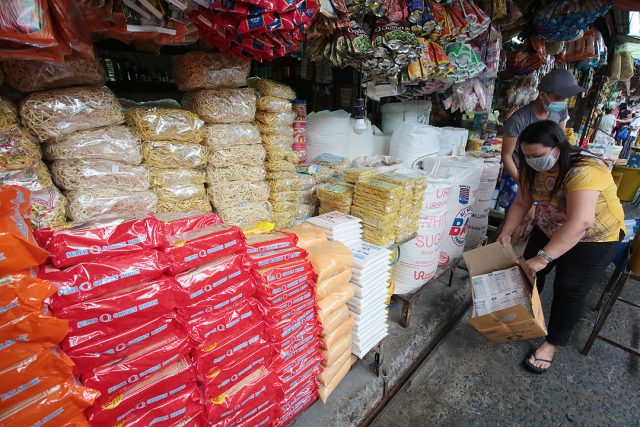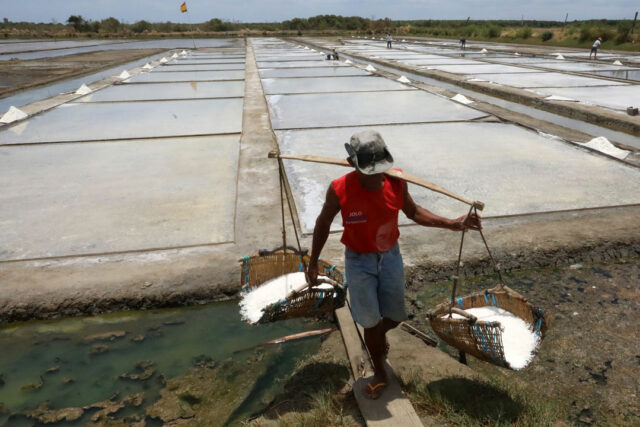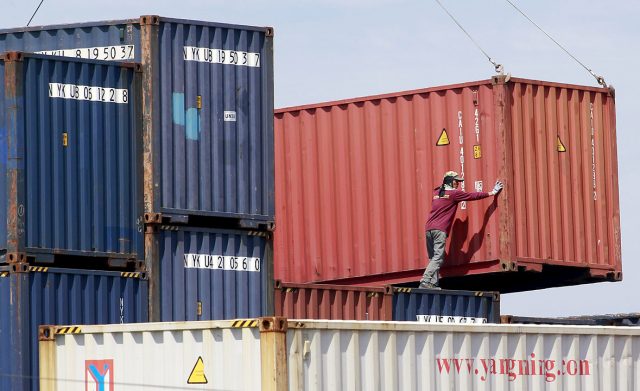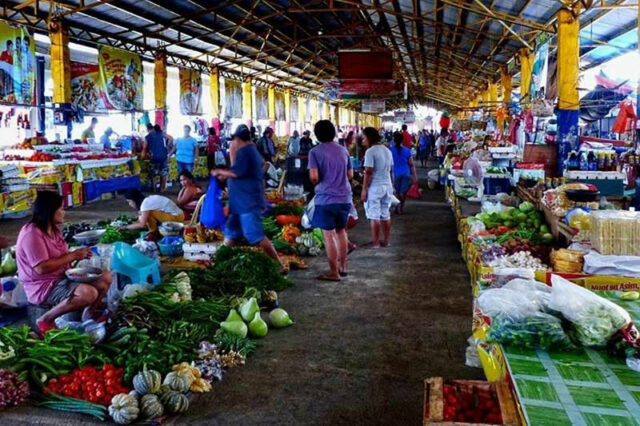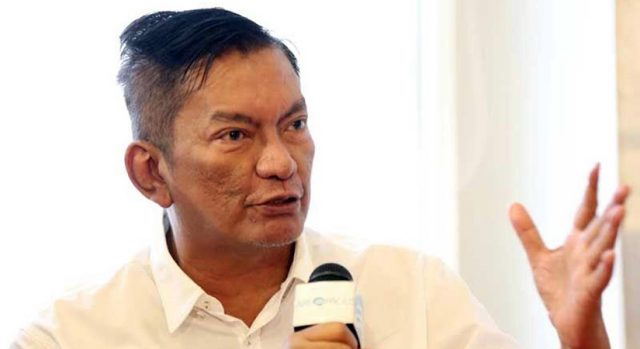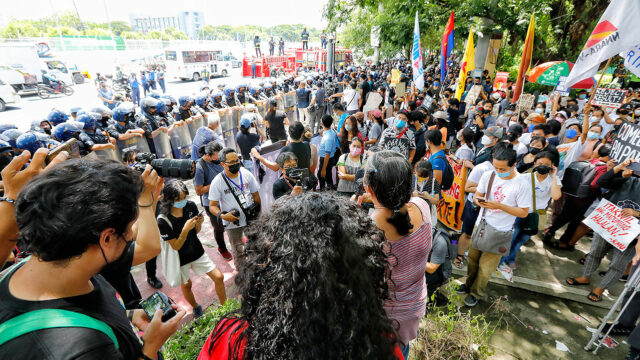DA issues initial estimate of 450,000 MT in sugar imports
THE Department of Agriculture (DA) is considering sugar imports of as much as 450,000 metric tons (MT) following an order from the President to maintain a two-month buffer stock of the commodity.
Rex C. Estoperez, DA deputy spokesman, said on Wednesday in response to a question about sugar import plans: “Our information is that 450,000 metric tons needs to be imported (because the) President ordered a buffer stock good for two months. We’ll update you on what the procurement plan is.”
It was unclear whether Mr. Estoperez meant the buffer stock will be built up solely from imports. If so, the sugar reserve will diverge from the practice of the National Food Authority (NFA), which is tasked with maintaining a rice buffer stock of at least 15 days.
The NFA maintains its rice reserve solely from palay (unmilled rice) purchased from domestic farmers.
President Ferdinand R. Marcos, Jr., said that the government must maintain a two-month buffer stock of sugar to keep price volatility in check.
The Sugar Regulatory Administration (SRA) has also said that it will recommend to Mr. Marcos the sale of 80,000 bags of sugar confiscated from smugglers at DA-operated Kadiwa stores.
Mr. Estoperez said such a sale will require inter-agency approval.
“It has to be cleared first by the Department of Finance, because the Bureau of Customs is under the (DoF). We need to check the seizure order and (the sale needs) to be cleared again by the SRA,” Mr. Estoperez said.
He said that the proposed Kadiwa sugar price is P70 per kilo.
According to the DA’s price monitoring as of Wednesday, refined sugar sells at retail for P87-P110 per kilo.
Pablo Luis S. Azcona, a member of the SRA board, said that selling the confiscated sugar at Kadiwa stores will not affect the farmgate price of sugar.
“80,000 bags, more or less, is the same amount of sugar that one small mill can produce in one week. I think it is not significant enough to affect the farmgate price,” he said.
Separately, planters’ federations said on Wednesday that they signed a memorandum of agreement to form a coalition.
In a statement on Wednesday, Enrique D. Rojas of the National Federation of Sugarcane Planters, Aurelio Gerardo J. Valderrama, Jr. of the Confederation of Sugar Producers Association and Danilo A. Abelita of the Panay Federation of Sugarcane Farmers established the coalition, to be known as the “Sugar Council.”
The council, whose members will account for the majority of sugar production nationwide, will be the venue for discussing policy recommendations to the government that will help “ensure the continued viability of the sugar industry.” — Ashley Erika O. Jose

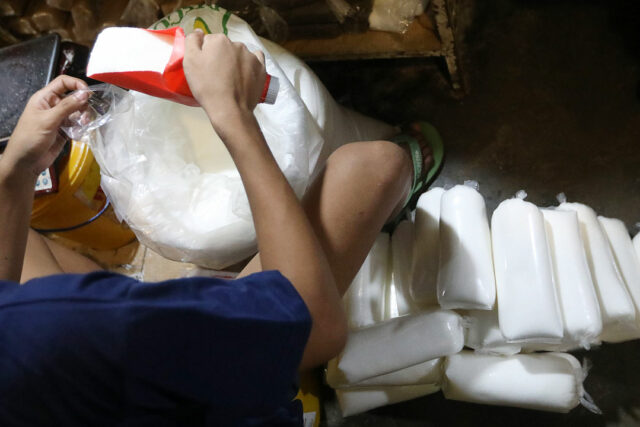

![cyber-security-3400723_1920-[Pete-Linforth-da-Pixabay]](https://www.bworldonline.com/wp-content/uploads/2022/09/cyber-security-3400723_1920-Pete-Linforth-da-Pixabay-640x384.jpg)
